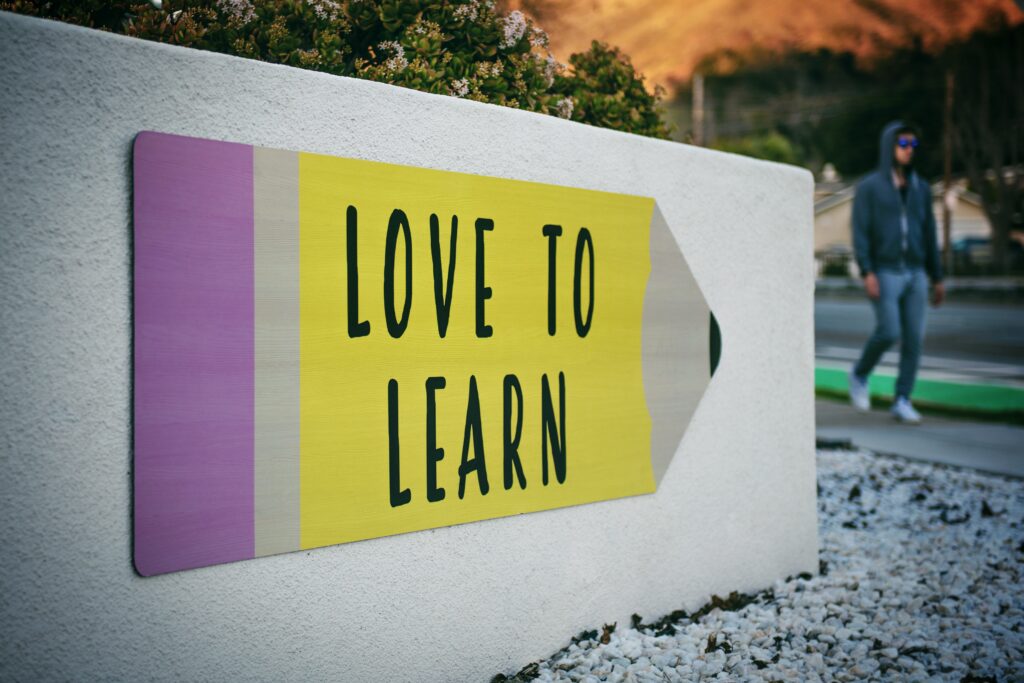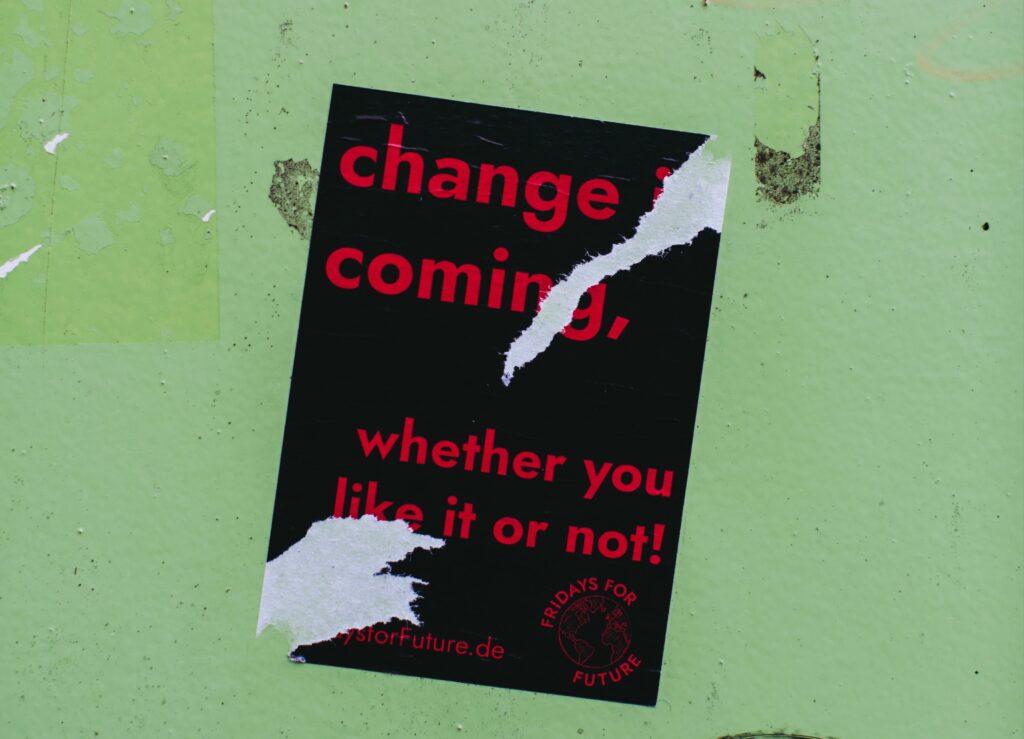In today’s evolving educational landscape, there’s a growing shift from merely ensuring competency to fostering holistic understanding and practical application. Traditional competency-based objectives, while essential, primarily focus on the acquisition of specific skills or knowledge. They answer the question, “Can a student execute a particular skill?” On the other hand, project-based objectives go beyond this by challenging students to integrate and apply what they’ve learned in real-world or simulated scenarios, answering the broader question, “How can a student apply what they’ve learned in meaningful contexts?“
The importance of this shift cannot be overstated. Project-based objectives not only enhance the retention of knowledge but also cultivate crucial life skills like critical thinking, collaboration, and problem-solving. They enable students to see the larger picture, understanding not just the ‘how’ but also the ‘why’ and the ‘where can it be used’ of their learning.
Aligned with this philosophy is my Innovation Proposal titled “Interactive Learning Pods: A Dynamic Blended Learning Solution“. The core essence of this proposal is to provide a student-centered approach, leveraging both technology and collaboration, to accommodate diverse learning preferences. The proposed Big Hairy Audacious Goal (BHAG) for my third-grade Math Unit 2: Addition and Subtraction encapsulates this vision perfectly. By challenging students to create a ‘Math Town’ model, we’re not just asking them to demonstrate competency in addition and subtraction; we’re inviting them to apply these skills in a broader context, highlighting their relevance and interconnectedness.
Moreover, the three-column table based on Fink L. Dee’s Taxonomy of Significant Learning serves as a roadmap for this journey. It integrates the foundational knowledge (the ‘how’) with its application, showcases its interrelation with other domains, and emphasizes the human aspect and the value of continuous learning. Every component of this table resonates with the philosophy of my Innovation Proposal, emphasizing personalized learning journeys that are both technology-driven and collaboratively executed.
In essence, by intertwining project-based objectives with my innovation proposal, we’re aiming to offer an educational experience that is not only enriching but also deeply resonant and impactful, preparing our students for a world where adaptability and holistic understanding are as vital as knowledge itself.
Course Goal
Learners will go beyond traditional math learning by applying their skills in addition and subtraction to build and manage a detailed ‘Math Town’, using their knowledge in practical, real-world scenarios that enhance their overall learning experience.
Learning Outcomes
Aligning learning outcomes/goals with activities and assessment:
| Learning Outcomes | Assessment Activities | Learning Activities |
| Foundational Knowledge Learners will recognize and apply basic addition and subtraction facts and principles. They will evaluate and utilize these foundational math concepts effectively in different scenarios. | Students will be quizzed on basic addition and subtraction facts and principles. | Use digital math games in the learning groups to reinforce basic math facts. |
| Application Learners will be able to identify, analyze, and evaluate mathematical solutions in the context of designing and operating their ‘Math Town’, integrating principles of budgeting, construction, and urban planning. | Students will solve real-world math problems related to the design and functioning of their ‘Math Town’. | Work in small groups to apply math skills in planning the town’s budget, constructing buildings, etc. |
| Integration Learners will be able to highlight the intersections of addition and subtraction within various elements of their ‘Math Town’ and develop strategies to seamlessly integrate these mathematical concepts with other subjects and real-world situations, such as the artistic aspects of town design. | Presentation of how addition and subtraction are used in various aspects of their ‘Math Town’. | Discuss in learning groups how math concepts connect to other subjects and real-world situations. For instance, how math relates to art in town design. |
| Human Dimension Learners articulate their specific roles within the ‘Math Town’ project and acknowledge their responsibilities in collaborating and contributing to their small groups, ensuring the project’s holistic development and success. | Reflect on the role of each student within the small group and how they contributed to the ‘Math Town’ project. | Collaborate within small groups, assigning roles based on strengths and areas of improvement. E.g., one student might be the ‘town architect’ while another is the ‘town treasurer’. |
| Caring Learners will develop and express a deeper appreciation for the relevance and significance of math in everyday life, drawing connections and inspirations from both personal experiences and the ‘Math Town’ project to emphasize the broader impact of mathematical knowledge. | Write a brief paragraph or create a video about the importance of math in everyday life, drawing inspiration from the ‘Math Town’ project. | Discuss within the learning groups why math matters, sharing personal stories or experiences. |
| Learning How To Learn Learners will identify, assess, and assimilate various resources, strategies, and support mechanisms that enable them to navigate and overcome challenges encountered during the ‘Math Town’ project, ensuring continuous growth in their mathematical understanding and problem-solving capabilities. | Keep a journal or digital log of challenges faced during the ‘Math Town’ project and strategies used to overcome them. | Encourage students to seek out and share resources (online tutorials, books, etc.) that help them understand challenging math concepts. |
Given the blended learning nature of my Innovation Proposal, which utilizes technology and emphasizes personalization, I believe it’s crucial to integrate digital tools and collaborative tasks within each aspect of the taxonomy. This table and the BHAG align with my Innovation Proposal, ensuring that students work collaboratively, use technology, and experience personalized, real-world applications of math.
How will the Course Outcomes planning process and 3 Column table influence or impact my innovation plan?
The Course Outcomes planning process, as outlined in the three-column table, will profoundly influence my innovation plan by serving as a guiding structure for implementing project-based learning (PBL), personalized learning journeys, and blended learning strategies effectively.
In the world of PBL, the three-column table provides a framework that ensures the ‘Math Town’ project is not just a creative activity, but one that’s deeply rooted in educational outcomes. It drives the focus towards not just doing, but learning by doing. By setting clear goals for foundational knowledge, application, integration, and other significant learning domains, the project becomes a tool for achieving specific learning outcomes. For example, as students engage in building their ‘Math Town’, they aren’t simply applying addition and subtraction; they are diving into the interdisciplinary application of these concepts, fostering an environment where math is seen as a living subject with real-world implications.
When it comes to personalized learning journeys, the three-column table plays an instrumental role. Each column allows for differentiation and scaffolding. Learners start with foundational knowledge, building confidence with basic facts and principles through digital games, and then move towards more complex applications and integrations, personalized to their learning pace and interests. For instance, a student fascinated by architecture may delve deeper into the mathematical concepts behind building construction. This personal connection not only enhances engagement but also ensures that learning is tailored to individual student profiles, which is at the heart of personalized learning.
Blended learning is another critical component of my innovation plan, and it is intertwined throughout the three-column table. By leveraging technology for quizzes, digital math games, and online resources, we integrate digital tools into each stage of learning. This allows for a flexible approach, where students can access learning materials and collaborate both in and out of the traditional classroom setting. Moreover, this blend of online and face-to-face experiences facilitates varied instructional methods, accommodating diverse learning preferences and enabling a more inclusive learning environment.
In summary, the planning process and the three-column table don’t just influence my innovation plan—they are the backbone of it. They ensure that as we employ PBL, personalized learning journeys, and blended learning, we do so with intentionality, clarity, and a strong focus on meaningful, measurable outcomes. The alignment of activities and assessments with these outcomes ensures that our approach is firmly based on established educational methods while also pushing the boundaries of innovation in learning.
References
Fink, L. D. (2005). A self-directed guide to designing courses for significant learning. Retrieved from: https://www.bu.edu/sph/files/2014/03/www.deefinkandassociates.com_GuidetoCourseDesignAug05.pdf
Harapnuik, D. (2016, June 16). Mapping your learner’s journey. Retrieved from: http://www.harapnuik.org/?p=6420.
Harapnuik, D. (2016, June 13). Why you need a BHAG to design learning environments. Retrieved from: https://www.harapnuik.org/?p=6414.
Harapnuik, D. (2013, June 17). Difference Between “Doing Projects” and “Project Based Learning”. Retrieved from: https://www.harapnuik.org/?p=3887.
Harapnuik, D. (2016, November 28). 4 Keys to aligning outcomes, activities & assessment. Retrieved from: https://www.harapnuik.org/?p=6695.
Harapnuik, D. (2016, November 20). Why Create Significant Learning Environments. Retrieved from: https://www.harapnuik.org/?p=6691.






